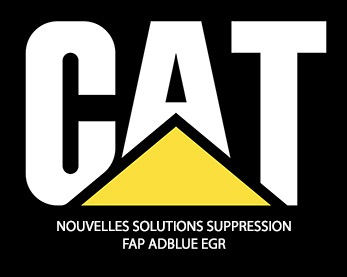AdBlue suppression for optimum exhaust valve utilization on a Scania S730 NextGen
Introduction :
We worked on a Scania S730 NextGen with a 16-liter engine and 537 kW (730 hp). The engine type is DC16 107/730 hp. It has no low-oil-pressure rev limit and features a single-phase cooled EGR (Exhaust Gas Recirculation) system. It complies with the Euro 6 emissions standard and is equipped with an EMD1 engine management system and NOx control for torque reduction. We have deactivated the AdBlue system to avoid NOx control faults, but for legal reasons we have left it on switch.

Scania S730 exhaust valve optimization
The Scania S730 NextGen is equipped with an AdBlue system to reduce NOx emissions. However, when the exhaust flaps are in use, there may be faults in the system due to NOx control. To avoid these faults while maintaining optimum use of the exhaust valves, we have deactivated the AdBlue system.
Reprogramming the EMD1 module: To prevent faults from being transmitted between the EEC3 (Emission Engine Control) and EMD1 (engine ECU) units, the EMD1 module needs to be reprogrammed. This ensures correct management of diverted exhaust gases when the exhaust flaps are activated, and avoids NOx control faults.
NOx control is a system for reducing nitrogen dioxide (NOx) emissions in exhaust gases. This is usually achieved by using an exhaust gas recovery system, such as EGR (Exhaust Gas Recirculation), which allows part of the exhaust gas to be re-injected into the engine for re-burning. However, when the exhaust flaps are activated, the exhaust gases are diverted and there may be faults in the system due to NOx control, leading to a reduction in engine torque and a fault on the dashboard (usually after around 20 minutes on NextGen models with EMD1 ECUs).
In order to prevent faults from escalating between the EEC3 (Emission Engine Control) box and the EMD1 box (engine ECU), it is necessary to reprogram the EMD1 module. This ensures correct management of diverted exhaust gases when the exhaust flaps are activated, and avoids NOx control faults.
Conclusion:
By deactivating the AdBlue system and reprogramming the EMD1 module, we were able to optimize the use of exhaust flaps on the Scania S730 NextGen, while avoiding faults associated with NOx emission control. This modification makes it possible to maintain use in line with current standards (Euro 6), while still benefiting from the advantages of exhaust flaps. It is important to note that the installation of a switch to deactivate the AdBlue and the FAP when the vehicle is used on a closed road does not alter its operation, which remains in compliance with legislation. Exhaust gases are then filtered by the DPFS, and the truck can benefit from optimum exhaust valve utilization over a long period.



